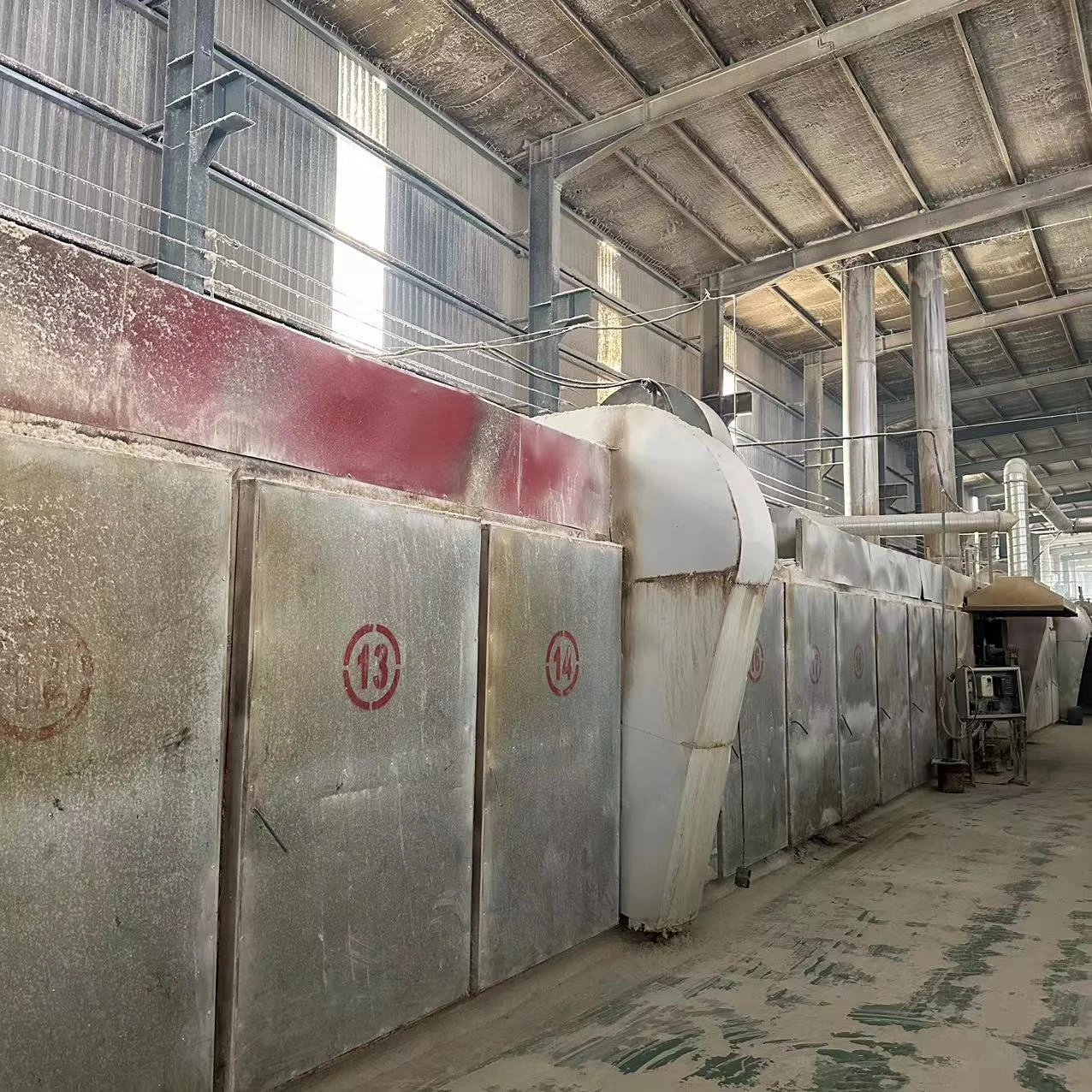- Afrikaans
- Albanian
- Amharic
- Arabic
- Armenian
- Azerbaijani
- Basque
- Belarusian
- Bengali
- Bosnian
- Bulgarian
- Catalan
- Cebuano
- Corsican
- Croatian
- Czech
- Danish
- Dutch
- English
- Esperanto
- Estonian
- French
- German
- Greek
- Hindi
- Indonesian
- irish
- Italian
- Japanese
- Korean
- Lao
- Malay
- Myanmar
- Norwegian
- Norwegian
- Polish
- Portuguese
- Romanian
- Russian
- Serbian
- Spanish
- Swedish
- Thai
- Turkish
- Ukrainian
- Uzbek
- Vietnamese
ຕ.ລ. . 17, 2024 15:06 Back to list
gypsum and grid ceiling
Gypsum and Grid Ceilings An Overview of Benefits and Applications
In the world of construction and interior design, the choice of materials plays a crucial role in determining not just the aesthetic appeal of a space, but also its functionality and comfort. One material that has gained enormous popularity in ceiling design is gypsum, often used in conjunction with grid systems. This article explores the characteristics, advantages, and applications of gypsum and grid ceilings, highlighting their relevance in modern architecture.
Understanding Gypsum Ceilings
Gypsum is a soft sulfate mineral composed of calcium sulfate dihydrate. When processed into a board, gypsum becomes a versatile and lightweight material that is easy to install and finish. Gypsum ceilings, typically made from gypsum board or drywall, offer a smooth and visually appealing surface finished with paint, texture, or decorative features. The durability of gypsum ceilings makes them an ideal choice for both residential and commercial spaces.
Grid Ceilings Structure and Function
Grid ceilings, also known as suspended or dropped ceilings, consist of a framework of metal grids that hold lightweight panels, often made from gypsum or other materials. This system allows for easy installation and accessibility to electrical, plumbing, and HVAC systems, making it particularly advantageous in commercial settings where maintenance is crucial. The grid framework can accommodate various panel sizes and styles, enhancing design flexibility.
Benefits of Gypsum and Grid Ceilings
1. Aesthetic Versatility Gypsum ceilings can be customized in numerous ways. They can be painted in different colors, enhanced with textures, or incorporating architectural elements like crown moldings. Grid ceilings, meanwhile, can support various panel designs, and the combination of the two allows for a unique aesthetic that can unify any interior theme.
2. Acoustic Performance Gypsum has sound-dampening properties that help reduce noise transmission in residential and commercial spaces. When combined with grid ceilings, acoustic panels can further enhance sound performance, making these systems ideal for offices, schools, and theatres where sound control is vital.
gypsum and grid ceiling

3. Fire Resistance One of the key advantages of gypsum board is its inherent fire-resistant properties. Gypsum ceilings can help delay the spread of fire, providing critical time for evacuation during emergencies. This feature makes them particularly desirable in areas where stringent building codes exist, such as high-rises and public buildings.
4. Thermal Insulation Gypsum materials can also contribute to a comfortable indoor environment by providing thermal insulation. When combined with a grid ceiling, the airflow patterns can improve heating and cooling efficiency, leading to reduced energy costs over time.
5. Ease of Maintenance and Accessibility The grid ceiling system allows easy access to the infrastructure above the ceiling. Whether it’s for routine maintenance or repairs, this system enables professionals to swiftly reach wires, ductwork, or pipes without removing an entire ceiling. The individual panels can also be replaced or repaired without affecting the rest of the ceiling, ensuring minimal downtime.
6. Sustainability Considerations Many gypsum products are manufactured with recycled materials, contributing to a more sustainable construction process. Additionally, the longevity and durability of these systems reduce the need for frequent replacements, further minimizing environmental impact.
Applications in Modern Design
Gypsum and grid ceilings have found their place in various sectors including commercial offices, healthcare facilities, retail environments, and educational institutions. Their adaptability to different design requirements means they can be used in spaces ranging from modern corporate settings to traditional homes.
In office buildings, the combination of acoustics and aesthetics helps create a conducive environment for productivity. Meanwhile, schools benefit from durability and ease of maintenance, allowing for an engaging and well-maintained learning space. Healthcare facilities prioritize hygiene and easy access to services, making gypsum and grid ceilings an excellent choice.
In conclusion, the integration of gypsum and grid ceilings into modern architecture provides a multitude of benefits that enhance the functionality, safety, and aesthetic value of interior spaces. As building standards continue to evolve, the demand for materials that combine versatility, safety, and environmental considerations will only increase. Whether you're an architect, designer, or property owner, understanding the advantages of gypsum and grid ceilings could pave the way for more innovative and efficient building solutions.
-
PVC Laminated Gypsum Ceiling Board OverviewNewsApr.11,2025
-
Mineral Fiber Ceiling Tiles Price Analysis and ComparisonsNewsApr.11,2025
-
Crafts of Mineral Fiber Ceiling Tile ManufacturingNewsApr.11,2025
-
Difference Between Gypsum and PVC CeilingNewsApr.11,2025
-
An Overview of Mineral Fiber Ceiling TilesNewsApr.11,2025
-
Advantages of PVC Gypsum CeilingNewsApr.08,2025







